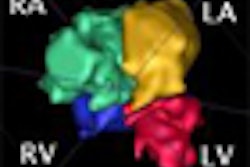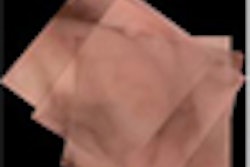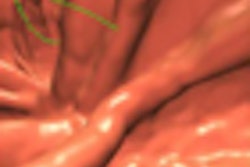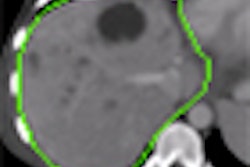Wednesday, December 2 | 11:10 a.m.-11:20 a.m. | SSK06-05 | Room S504CD
Although computer-aided detection (CAD) software can produce similar sensitivity compared to experienced radiologists in detecting suspicious lesions on chest radiographs, a Dutch research team has also found it may not yield a significant improvement in nodule detection.To assess the effect of CAD on reader performance in detecting nodules in chest radiography, the researchers studied 51 patients with CT-detected and histology-proven lung cancers and 65 patients without nodules on CT to serve as controls. All were current or former heavy smokers, according to the researchers.
Four radiology residents and two experienced radiologists identified and localized potential cancers on their own and then with the use of OnGuard 5.0 CAD software (Riverain Medical, Miamisburg, OH).
Observers had difficulty distinguishing between true- and false-positive CAD annotations, which led to an inability to achieve a statistically significant impact on either sensitivity or specificity, according to presenter Dr. Bartjan de Hoop of University Medical Center in Utrecht, Netherlands.
CAD had standalone sensitivity of 57%, with an average of 2.4 false-positives per chest x-ray. The two radiologists had an average sensitivity of 60% without CAD and 59% with CAD; average specificity was 70% without CAD and 74% with CAD. The residents had mean sensitivity of 47% without CAD and 49% with CAD; average specificity was 50% without CAD and 55% with CAD.




















